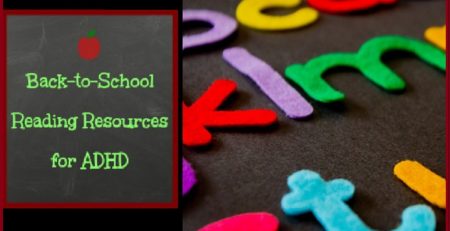9 Multisensory Strategies for Dyslexic Readers and Others
There is such a need for multisensory strategies and accommodations when students read and learn. Multisensory teaching and learning strategies can do much to support students of all ages and abilities. These multisensory strategies and techniques are even more critical for readers with dyslexia or other learning challenges. Aside from students’ parents, educators can provide the most significant support for dyslexic readers. Unfortunately, however, in many schools and for some teachers, such accommodations and teaching strategies are rarely, if ever, implemented for struggling readers unless mandated by IEP’s or 504 Plans. Blessed are the educators who seek out multisensory strategies and implement teaching techniques that address the unique learning styles of their challenged students. This is especially important when more than 8% of children in the U.S. have ADHD and nearly 1 in 5 students struggle with dyslexia.
Can These Strategies Benefit Other Students, too?
Below is a list of some simple accommodations that can make a world of difference for not just dyslexic students. In fact, these same take-away strategies can also benefit many other readers and learners in every classroom. In addition, the tips are presented in a list format to make it easier for current and future reference as well as for sharing with other teachers and parents. Implementing these strategies will increase focus, concentration, comprehension and retention for all readers.
Furthermore, do keep in mind that implementing supportive accommodations for as long as needed for a challenged reader or learner will be most beneficial. Please use this list to help support the readers and learners in your classroom or family.
9 Multisensory Strategies for Readers
- Use colored paper for all printed materials including worksheets, outlines, notes, etc. Experiment with pastels as well as bright shades. One particular color may produce the best results for an individual’s focus and retention.
- Make content available via audio and/or video delivery.
- Use graph paper or the Reading Focus Cards for math to promote accurate placeholder work or for math equations.
- Underline or highlight important key words in a set of directions BEFORE beginning an assignment.
- Fold a worksheet so that only a small amount of text, information, or problems is visible at one time. Using individualized tools can help with this as well.
- Allow for movement, standing at a desk/table or moving to optional work areas with less distraction.
- Use very low-volume music (instrumental) or environmental sounds (seashore or other nature sounds) while doing independent work.
- Use colored overlays or handheld Reading Focus Cards with colored reading filters for a variety of reading challenges. These reading aids can decrease visual “stress” or discomfort some readers experience with black text on white page backgrounds. These tools can also be used with Kindles and other e-readers (Model #001-Shorter) as well as iPads and other e-tablets (Model #002-Longer), too.
- For reading digital media, use the Reading Focus Cards desktop app with Mac and PC for more focus and fluency, better tracking, increased comprehension and improved retention.







